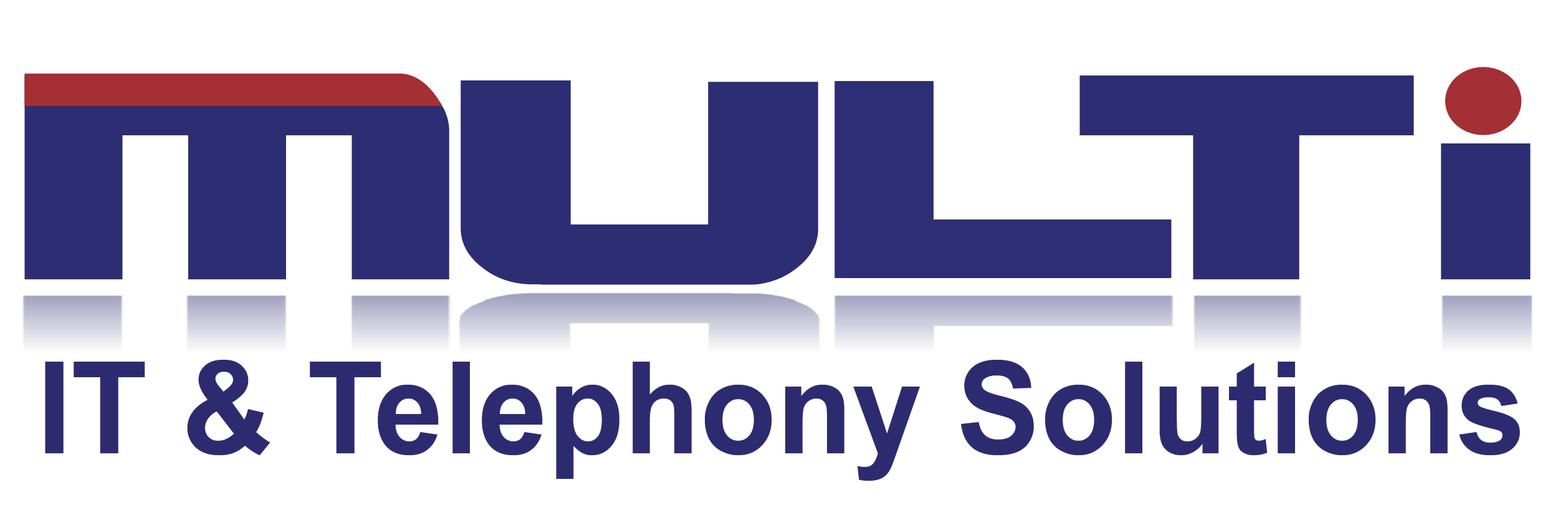Imagine yourself laying on a warm beach, cool breeze coming off the ocean, refreshing drink in hand. You’re soaking up the sun to get a “healthy” tan to show off when you get back home after vacation. Skin cancer isn’t on your mind. Heck, you’re not even worried about getting a sunburn. It won’t happen to you, you say to yourself as you roll over to nap.
It’s called “Optimism Bias,” one of many subjective components of risk perception, and it causes people to assume that “it won’t happen to me” or “everything will be ok.” We all do it even when we know that if “it” does happen to us, it could mean bad news.
Many companies do the same thing when it comes to protecting their technology. Even though over 70% of companies report being compromised by a cyber-attack in the last 12 months.Even though the average cost of downtime is $100,000 per hour. Some businesses remain unprotected and susceptible to downtime whether it’s caused by cyber criminals, natural disasters, user error or plain neglect.
“It won’t happen to ME!”
But what if it does?
The direct costs of downtime will obviously include lost production, delivery disruption and wages paid to idle employees. Your bottom line is impacted immediately. But what about the intangible losses?
Companies that experience downtime lose client confidence, and their reputation suffers. Facebook, glassdoor.com and online review sites make it easy to spread the word about an unpleasant experience with a company.
Some industries are required to have business continuity plans as downtime compromises security and compliance. HIPAA, for instance, requires medical organizations to have a disaster recovery and business continuity plan in place; noncompliance can lead to substantial fines and penalties.
No matter the reason for downtime, it costs more money than it takes to prevent downtime.
Here are 3 best practices to put into place to help you prevent downtime:
Identify single points of failure
The more redundancy in your IT environment, the better. If you’re concerned about the internet going down, have two internet providers that each use a different mode: cable and fiber, for example. Also, make sure you have dual firewalls and antivirus systems.
Implement a cloud solution
To ensure that data is available at all times, use the cloud for data storage. Using a subscription-based version of your line-of-business software also ensures that employees can work from any location. If you’re already using the cloud, focus on making sure connectivity to the internet is fast and symmetrical. Meaning you need as good an upload speed as your download speed.
Manage equipment
It’s not enough to monitor your equipment. When an issue is discovered from monitoring, the only response is reaction. If your equipment is managed, the response is proactive. It prevents systems from going down in the first place. Eliminate threats from natural disasters and power outages by storing data at an off-site data center.
Even if your IT system boasts a high availability of four nines – 99.99% uptime – that still equates to over a full day of downtime every year. According to International Data Corporation (IDC), wasted time costs $19,975 per information worker per year, a loss of 21.3% in the organization’s total productivity.
How much lost time and productivity can you afford? Contact Multi IT by visiting our website or calling 011 435 0450 for a risk assessment.

